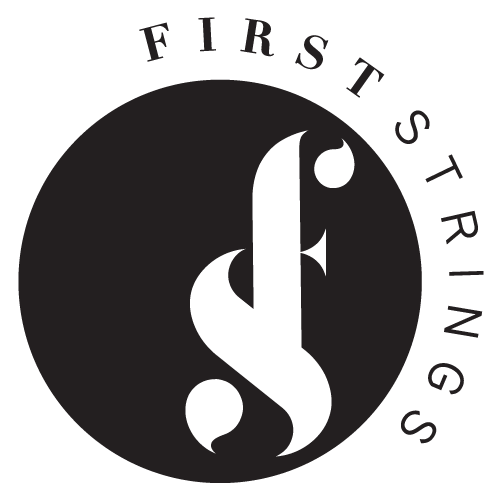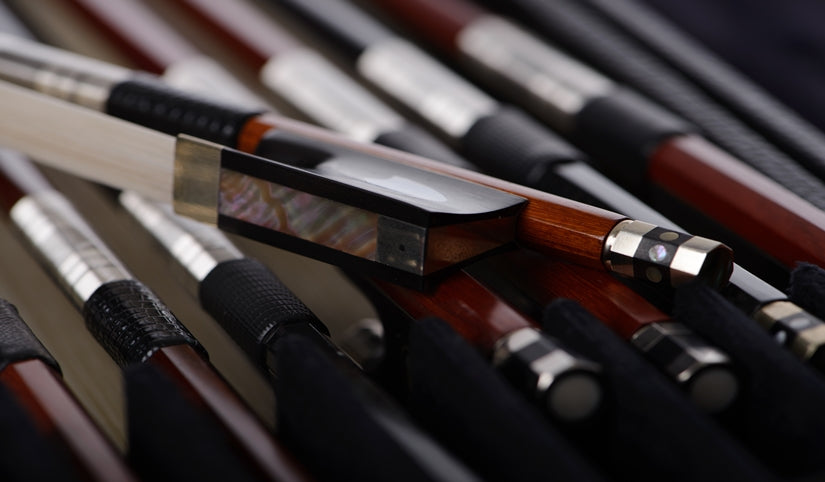Antonio Stradivari's career as a violin maker can be divided into several periods, each marked by distinctive characteristics and innovations in his violin-making style. These periods are named after the towns in which he worked, primarily Cremona, Italy. The main periods are:
- Early Period (c. 1660 - 1680): In his early years, Stradivari's work was influenced by his teacher, Nicolo Amati. Violins from this period are often referred to as "Amatise" because of this influence. They feature a more slender and elegant design, and the varnish is typically light orange or brown.
- Middle Period (c. 1680 - 1720): Stradivari's middle period is considered his most prolific and innovative. However, it's within this period that he reached what is often called his "Golden Period," spanning from around 1700 to 1720. His instruments from this Golden Period are highly sought after and are often considered some of the finest ever made. They are known for their rich, complex, and resonant sound, along with a more refined design featuring a slightly broader body. The varnish used during this period is often a rich, golden-brown color, and Stradivari's attention to detail in carving and varnishing reached its peak.
- Late Period (c. 1720 - 1737): In his later years, Stradivari's designs became a bit more standardized, with less experimentation. These violins often have a slightly longer and more slender soundhole. While still exceptional, some violin experts consider the earlier middle period and Golden Period instruments to be the pinnacle of his work.
It's important to note that Stradivari's work is highly regarded throughout all these periods, and the distinctions are often subtle and debated among experts. Stradivarius violins from all periods continue to be coveted for their exceptional craftsmanship and sound quality, and they remain among the most valuable and sought-after instruments in the world of classical music.



Leave a comment
All comments are moderated before being published.
This site is protected by reCAPTCHA and the Google Privacy Policy and Terms of Service apply.